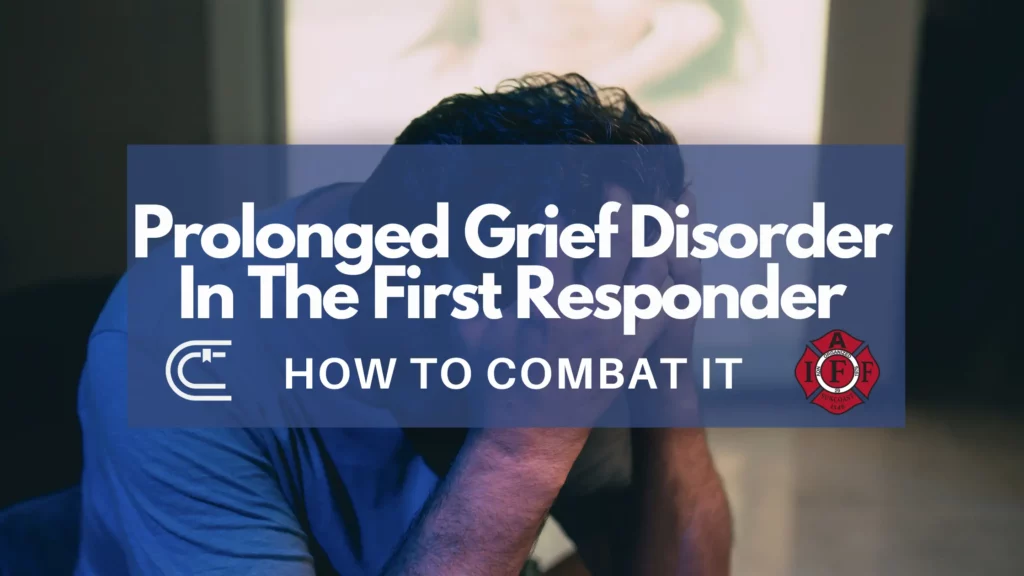Firefighter Fitness: Understanding the Phases of Fitness
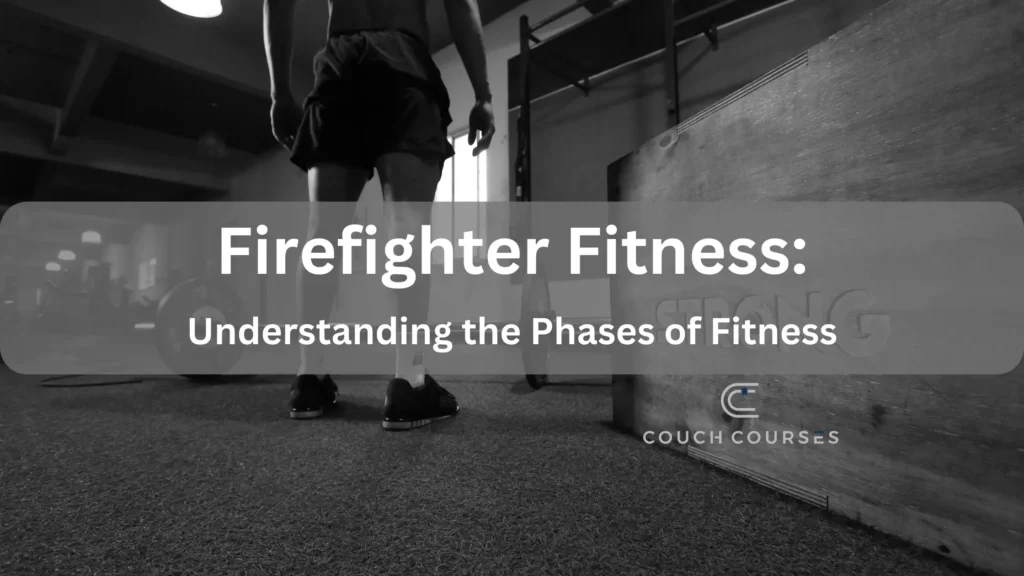
I want to help firefighters and other emergency service personnel understand the levels/phases of firefighter fitness and the importance of progressing from one phase to another. Over the years I have been fortunate to work with and progress thousands of people through different levels of fitness as a part of their lives. I have seen fitness be vitally important in people’s health and performance.
Who can follow the fitness phases
Whether you are just beginning to change your lifestyle or for those who are more experienced in fitness, understanding these different phases or levels will help a person maximize their results, and ultimately improve their quality of life and performance in all areas. Other benefits of understanding this concept are reducing the risk of setbacks such as injuries or CNS overload.
How important are the fitness phases
It is important to follow this concept because not knowing what phase someone is in and just going through the motions or doing a workout plan because someone else got results from it is not helping us, and many times it is making it worse.
If we don’t apply progression and regression principles at the right times, our fitness routines can become boring, stagnant and often lead to more negative outcomes than positive.
The purpose of all of this is longevity and to make this a lifestyle because that is what it needs to be if you want consistent benefit. And to find consistency its going to take balance and to find some enjoyment in fitness.
Being well-balanced in your approach
As firefighters, and also humans who have lives, families and other things to do, training to a degree or in a phase that is too intense or too easy makes it hard to see the benefits. However, training to a phase that challenges us and matches where our bodies are at and what they can handle helps our performance across the board.
If you want better performance in your career, the sport you enjoy, getting things done around your house, better sleep, better intimacy, it all comes down to balance. A well-balanced fitness approach can provide that and improve all those areas.
To have this, it is so important to understand what your body is calling for and then push it to that level. This can even mean teaching ourselves how to handle overload and training in capacities that might be beyond our limits. But it should all be strategic and based on what a person needs to handle, and taking them just to that limit before phasing into a new level of fitness.
The different phases or levels of fitness
There are a lot of different schools of thought on this. When I first became a personal trainer the certifying body, I was certified under five levels. After almost twenty years training, I have established there are nine. Those phases are, Neurological/Proprioceptive awareness, Activation, Stability, Endurance, Strength Endurance, Strength, Max Strength, Power, Sport/Tactical Skill Work.
Each of these levels has their own purpose, testing and assessment metrics as well as exercise selection.
Neurological/Proprioceptive Awareness
In the neurological/proprioceptive awareness phase the focus is on exercises that help ground a person. Strengthening the senses and working on drills that improve the mind body connection through the nervous system.
With Proprioceptive awareness its about movement. Quality movement, range of motion and seeing how the body is moving through time and space. These two levels go hand in hand because they can be tested and assessed with one another to determine if neurological connection is improving.
Activation
In the activation phase, an individual is looking to see how hard they are able to send a signal to a muscle or muscle group. These are usually static or isotonic in nature and involving increasing time under tension to see how well the brain is sending a signal to that muscle group.
This can be done to improve the connection as it allows for a muscle to contract fully with minimal risk of injury.
The activation phase is a precursor to the stability phase but they can be used in conjunction with each other.
Stability
The stability phase is also isotonic or static in nature and increases the bodies demand on more muscle groups activated to create stability.
Endurance
As we move forward, we go into the muscular endurance phase. In this phase a person may begin calisthenics, or other body weight type of exercises like yoga.
In this phase the beginnings of aerobic training are here. Selecting some cardio training like a treadmill, boxing classes or even biking among many other options.
This is where I think people should start really exploring. Cardio is great, but if it is something you really look forwards to you will do it with much more joy. So, finding something that gets you cardio while bringing you enjoyment will always lead to more exercise.
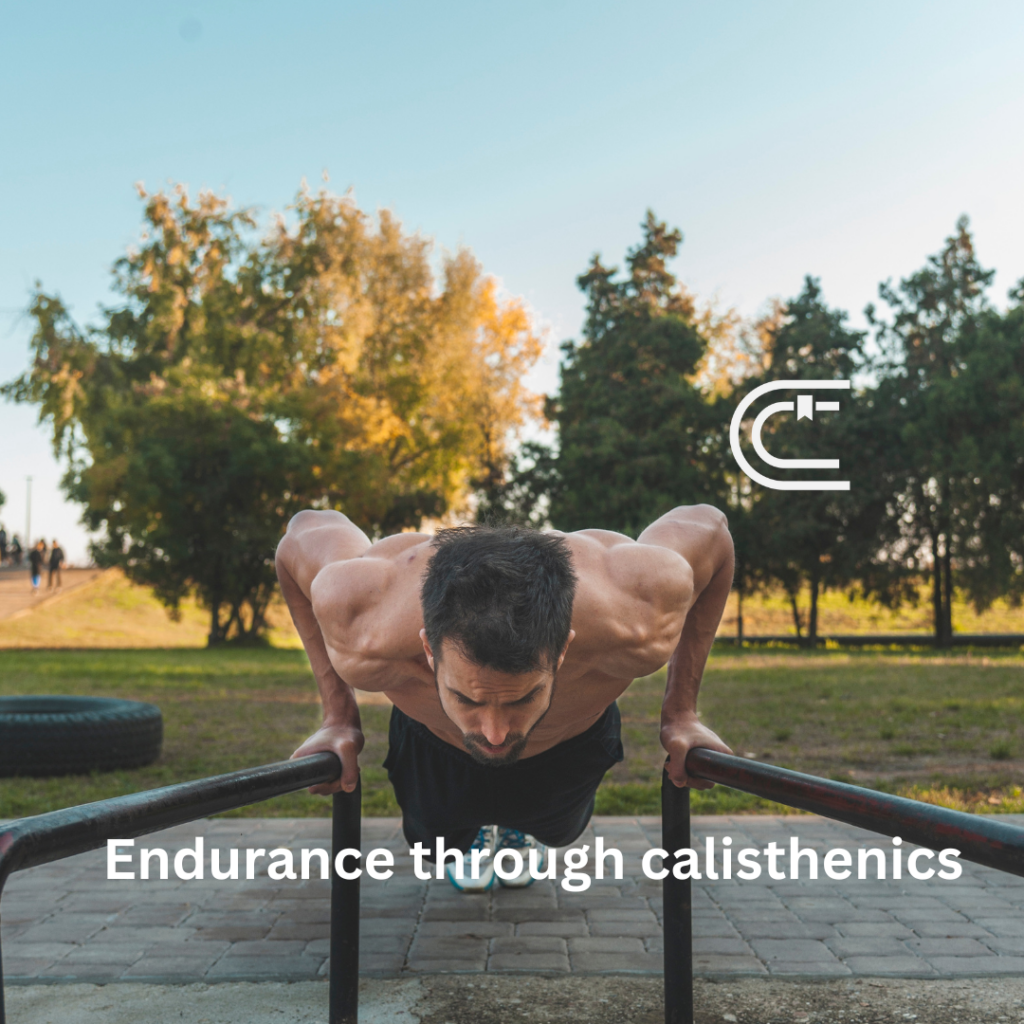
Strength Endurance
Moving into our strength endurance and max strength phases, these two phases go hand in hand.
First developing some muscular endurance and ability to handle and control open chain exercises will help a person build the foundation for heavier lifts.
In the strength endurance phase a person might work with dumbbells, they may stay in a rep range of 8-12 reps and really work on control and form. Light barbell work can also be performed here.
I would stay in this phase as long as it is working for you. I have stayed with clients in this phase for two to eight weeks. This depends on results and how the persons body is responding.
Strength
This falls between strength endurance and max strength. This is the typical location people consistently perform and reach. Building strength to this point is crucial, and beneficial.
Max Strength
After a good plan building some strength, this is a good place to start testing some max strengths. Having a person see how much they can lift for 1,3,5 repetitions and using this as a metric to build on and help overcome plateaus.
In this phase a person is focused more on heavy barbell and dumbbell lifts. Finding their max’s and recording the data so they can improve.
This phase may last two to eight weeks based on how the body looks in function and awareness of diminishing returns.
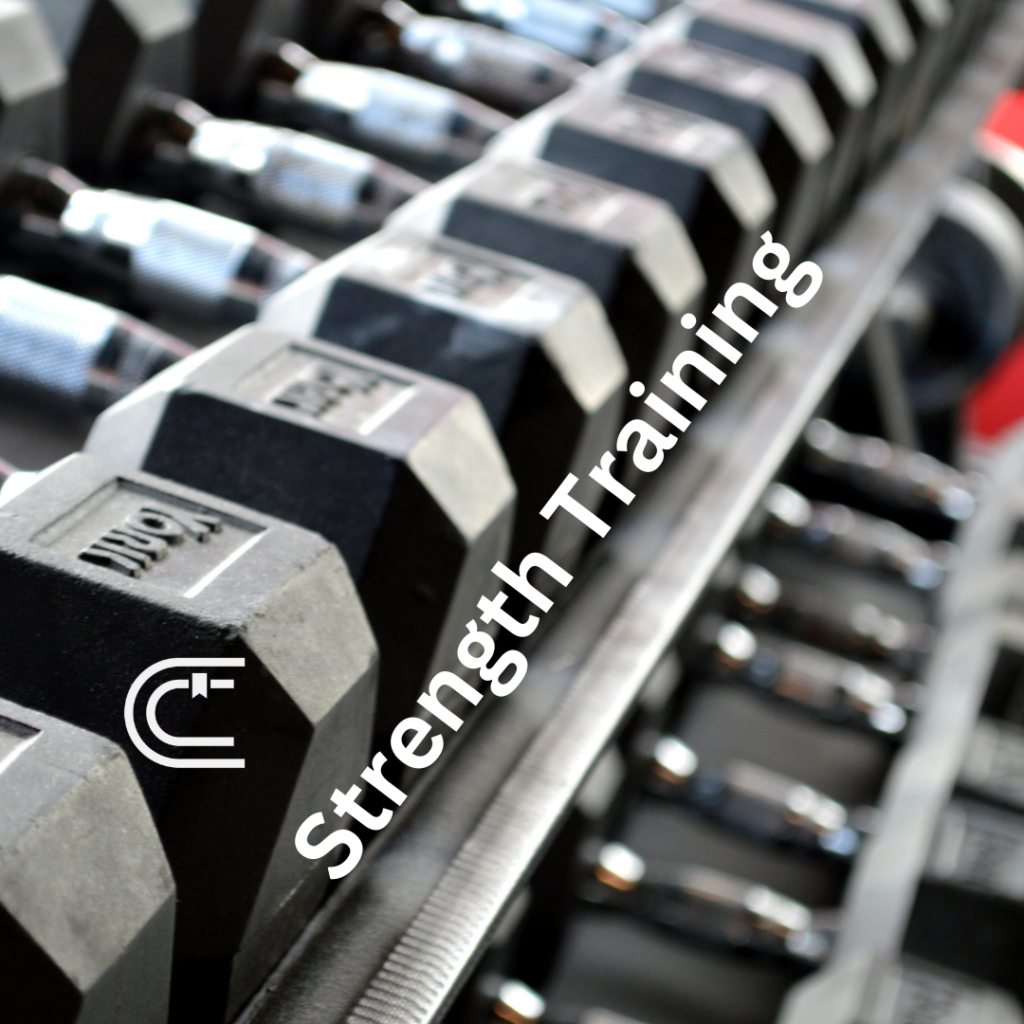
Power
Power exercises usually are exercises that demonstrate strength within a dynamic skill.
These movements are highly beneficial for sport as they mimic some unknown variables which might happen in a sport or tactical setting.
Movements in the power phase typically include power lifting movements like power cleans or split jerks. They can also involve plyometrics or jumping exercises that produce power.
Equipment that is usually used can be anything from barbells, dumbbells, kettlebells, bands, medicine balls as well as other power equipment.
Sport/Tactical Skill Work
This phase involves specifics for the individual in their career or sport. It may involve performing a task from one of these categories and seeing how well it can be performed, drilled and improved upon.
For firefighters it could be CPAT protocols and improving on deficiencies. For an athlete it could be running plays. But either way it should be incorporated into a person’s fitness plan.
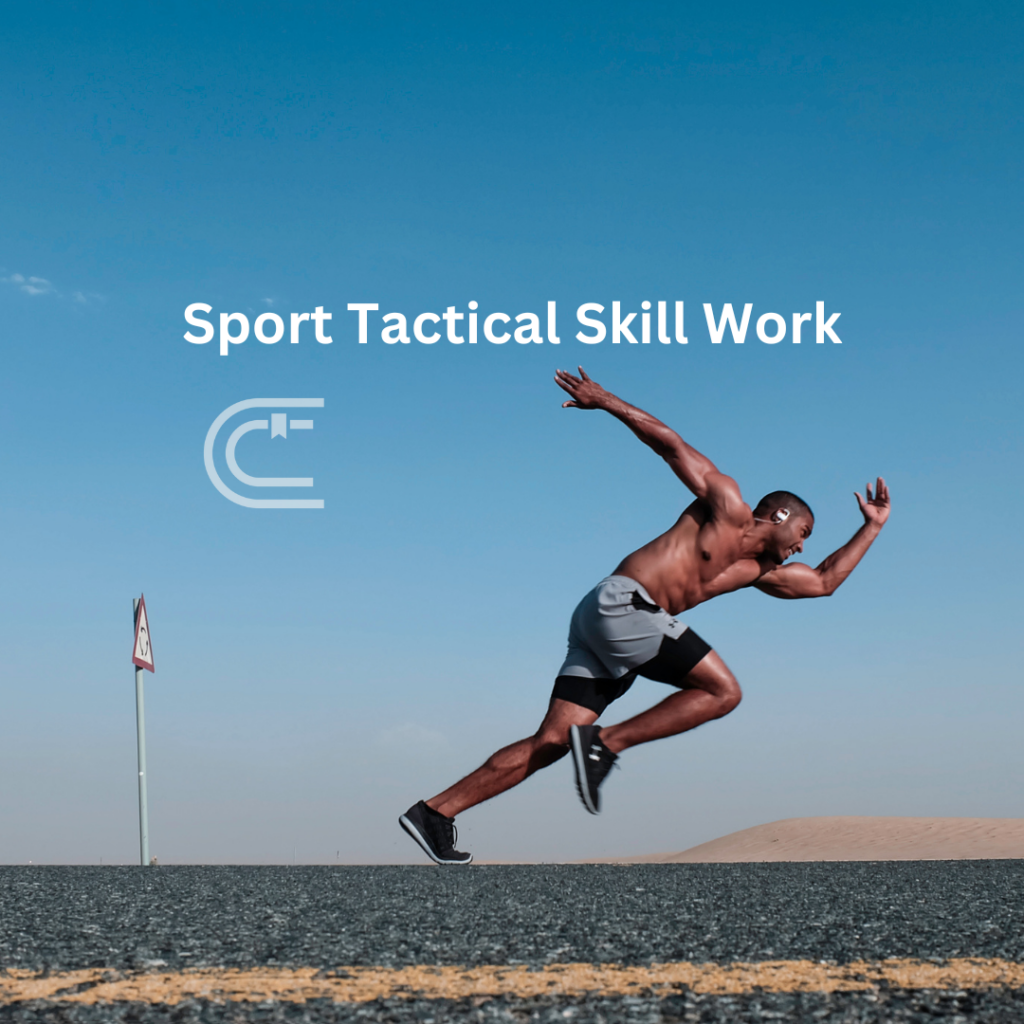
The Benefits
The different levels of fitness act as a true north and help us establish starting points, or points and principles to go back to so we can plan in a way that has direction towards a measurable goal.
By working in and out of the different levels of fitness it helps us from over training, teaches us all the fundamentals of fitness and what kind of exercises are used at each level, and working in a level long enough to elicit change. This way someone doesn’t get too mismatched in what we are trying to accomplish.
Going through these phases or levels shows someone how far you have come and how far you can go. They introduce you to new exercises. As you learn and cycle through this approach, it helps to keep the body guessing. It helps an individual to understand their fitness and learn.
Conclusion
These are the phases of fitness and why they are so beneficial to improving the quality of fitness in a firefighter’s or anyone’s life.
There is no set plan that needs to be established, but understanding some guidelines or framework will help anyone who is willing to put the effort in.
I believe this insight can help people better train themselves so they can maximize their results and enjoy fitness.
Resources
- Firefighter Fitness: Where to Begin? – Article
- Florida Health and Safety Officer – Course

